Energy Efficiency & Digital Solutions @ Climafix 2025
Join us on 11th September at IIT Madras Research Park, from 02.30 PM to 06.30 PM, for an engaging session on Energy Efficiency & Digital Solutions.
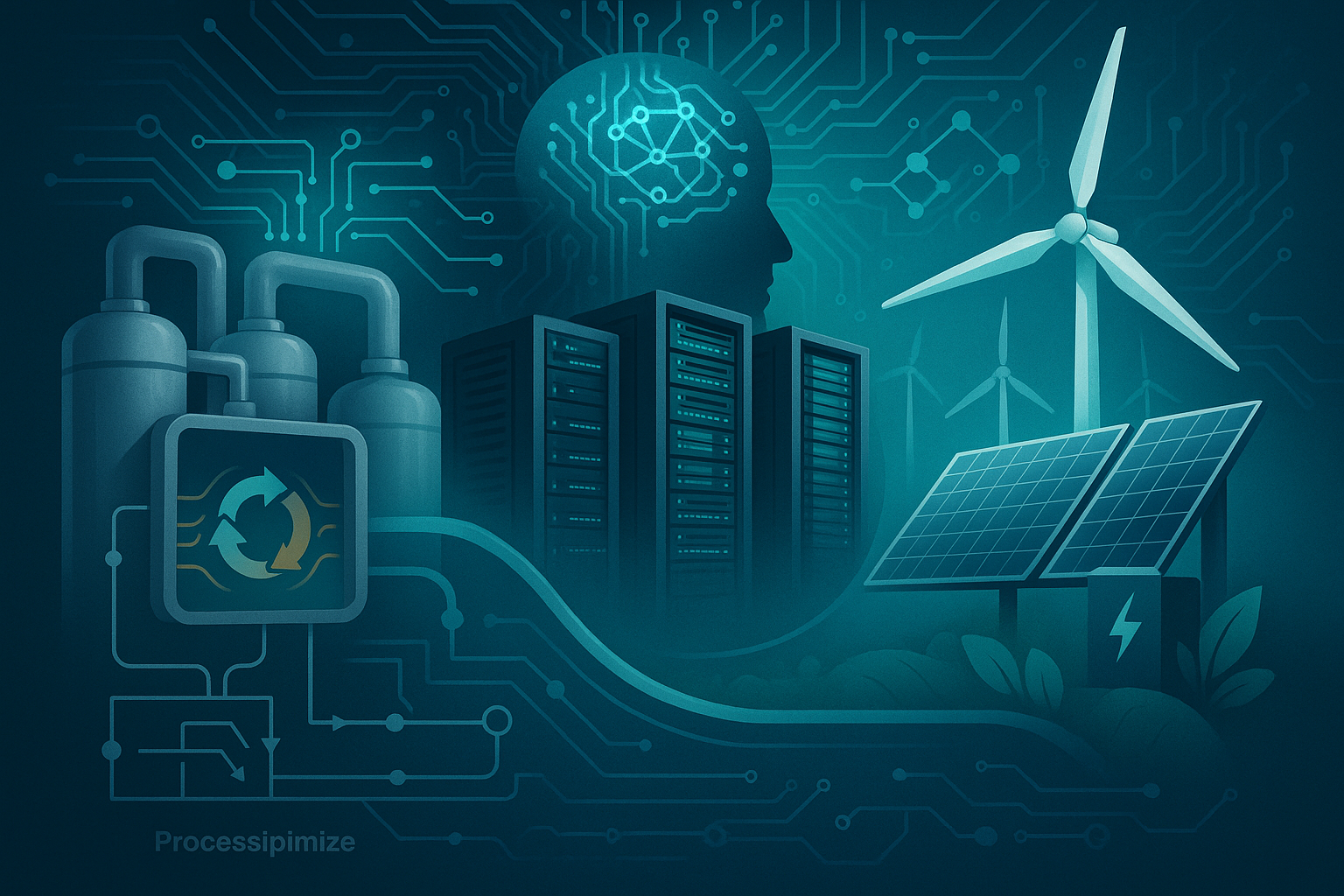
Energy efficiency and digital solutions are at the heart of reducing energy waste and building a smarter, greener future.
By leveraging cutting-edge technologies – like smart meters, AI, and IoT – we can optimize how energy is produced, distributed, and consumed, all while prioritizing sustainability. In short, it’s an innovative and practical route to tackle climate change!
Why is “Energy Efficiency and Digital Solutions” impactful in today’s world?
Energy efficiency can contribute significantly to India’s decarbonization.
In India alone, the energy efficiency sector contributes over 3% to the nation’s GDP. By 2030, it is projected to reach a market value of $250 billion.
Digital and energy efficiency measures currently account for around 12% of India’s total energy savings, with projections set to rise to 40% in the next decade.
The number of startups in this space has surged from less than a hundred in 2014 to well over a thousand in 2025.
As energy efficiency is a sector with such a significant decarbonization potential, CLIMAFIX 25 has a dedicated half day program focussed on energy efficiency and digital for decarbonization themes.
| Speakers | Organization |
|---|---|
| Satya Seshadri | Energy Consortium |
| Ashwin KP | Promethean Energy |
| Vishal Pandya | REconnect |
| Madhusudhan Rapole | Oorja Energy |
| Ajit Shah | Yantra Harvest |
| Kanakasabapathy Subramanian | Ashok Leyland |
| Nithish Sairam | Illumine i |
Sub Topics & Sub Elements For Sessions
| Subtopics | Sub elements of the Subtopics |
|---|---|
| Process Optimization for Energy & Cost Savings |
|
| Waste Heat Recovery |
|
| Electrification of Heat |
|
| Energy Efficiency for Data Centers |
|
| AI for Energy & Resource Efficiency |
|
| IoT for Energy Monitoring & Optimization |
|
Process Optimization for Energy & Cost Saving:
| Subtopics | Description |
|---|---|
| AI-Driven Optimization in Industrial Energy Systems | Leverages advanced machine learning algorithms to analyze real-time operational data, dynamically adjust setpoints, and orchestrate energy flows for maximal efficiency and cost savings. Prominent examples include deep reinforcement learning for adaptive process control, predictive maintenance scheduling, and AI-powered demand response in large-scale manufacturing. |
| Digital Twins for Real-Time Efficiency in Manufacturing Operations | Create high-fidelity, virtual replicas of physical assets and processes, enabling continuous monitoring, predictive diagnostics, and scenario-based optimization. Prominent examples include real-time digital twins for predictive fault detection in assembly lines, virtual commissioning of process upgrades, and energy flow optimization in smart factories. |
| Carbon Footprint Dashboards and Lifecycle Analytics | Provide integrated platforms for tracking, visualizing, and analyzing greenhouse gas emissions across product lifecycles and value chains, supporting data-driven decarbonization strategies. Prominent examples include real-time Scope 1/2/3 emissions tracking, dynamic lifecycle assessment tools, and AI-enabled hotspot identification for targeted carbon reduction. |
| Automation & Control Systems for Process Energy Minimization | Deploy advanced sensors, feedback loops, and model-based controllers to optimize energy-intensive operations, reducing waste and operational costs. Prominent examples include model predictive control for kiln and furnace optimization, smart HVAC automation, and real-time load balancing in multi-process industrial plants. |
| Blockchain for Transparent Carbon & Energy Tracking in Supply Chains | Utilizes distributed ledger technology to securely record, verify, and share energy usage and emissions data, ensuring traceability and trust in sustainability claims. Prominent examples include blockchain-enabled renewable energy certificates, automated carbon credit trading, and end-to-end product carbon tracking in global supply chains. |
Waste Heat Recovery:
| Subtopics | Description |
|---|---|
| Smart Heat Mapping: Identifying Hidden Energy Losses | Uses high-resolution thermal imaging and advanced analytics to visualize temperature variations and pinpoint hidden energy losses in buildings and industrial systems, enabling targeted retrofits and operational improvements. Prominent examples include aerial thermal surveys for urban heat loss, machine learning-driven heatmaps for utility networks, and real-time monitoring platforms for district heating optimization. |
| Converting Low-Grade Heat into Electricity | Leverages thermoelectric, electrochemical, and membrane-based technologies to harvest energy from waste heat streams at temperatures below 150°C, improving overall system efficiency and reducing emissions. Prominent examples include thermoelectric generators using bismuth telluride, reverse electrodialysis (RED) engines, and thermally regenerative electrochemical cells for industrial and geothermal applications. |
| Advanced Materials for High-Efficiency Heat Capture | Capture of ceramics, nanostructured composites, and novel semiconductors to enhance thermal conductivity, stability, and energy conversion in heat exchangers and thermoelectric devices. Prominent examples include defect-free boron arsenide for electronics cooling, shape-stabilized phase change materials for building-integrated heat storage, and polycrystalline tin selenide for record thermoelectric performance. |
Electrification of Heat:
| Subtopics | Description |
|---|---|
| High-Temperature Heat Pumps for Industrial Heating | Utilize advanced refrigerants and compressor technologies to deliver process heat above 100°C, enabling electrification and efficient reuse of low-grade waste heat while displacing fossil-fuel boilers. Prominent examples include industrial-scale heat pumps achieving up to 200°C for chemical, food, and paper sectors, with innovations in compressor design and integration for grid-interactive flexibility. |
| Resistive & Induction Heating for Low-Carbon Operations | Convert renewable electricity directly into process heat, offering rapid, precise, and highly efficient alternatives to combustion-based systems for applications such as metal processing and rolling mills. Prominent examples include induction furnaces with up to 90% electrical efficiency and hybrid induction-gas systems for steel and glass manufacturing, enabling significant CO₂ reductions and operational flexibility. |
| Integrating Renewable Electricity into Heat Demand Systems | Leverages variable solar, wind, or grid power for industrial heating, often combined with smart controls and storage to match intermittent supply with process needs. Prominent examples include solar thermal for process heat, direct electrification of boilers, and smart demand response systems that shift heating loads to periods of renewable generation, enhancing decarbonization and grid stability. |
| Hybrid Heating Systems: Combining Electric and Thermal Sources | Combine electric and thermal sources—such as heat pumps with gas or steam boilers—to optimize efficiency, cost, and carbon intensity across varying demand and supply conditions. Prominent examples include dual-fuel heat pump-gas furnace systems and hydraulic integration of hot water and steam, allowing dynamic switching and load balancing for industrial and commercial applications. |
| Thermal Energy Storage for Load Shifting and Flexibility | Employs phase change materials, molten salts, or thermochemical storage to decouple heat generation from demand, enabling the use of off-peak or surplus renewable electricity and improving process reliability. Prominent examples include rock bed and PCM storage for high-temperature industrial heat, ice storage for HVAC peak shaving, and integrated TES in hybrid heating systems to support flexible, low-carbon operations. |
Energy Efficiency for Data Center:
| Subtopics | Description |
|---|---|
| AI-Driven Optimization of IT and Facility Energy Usage | Employs advanced machine learning to analyze real-time data from servers, cooling systems, and facility infrastructure, dynamically adjusting operations to minimize energy waste and maximize efficiency. Prominent examples include Google’s DeepMind AI reducing data center cooling energy by 40% and AI-powered workload management systems that optimize server utilization and predictive maintenance. |
| Digital Twins for Real-Time Data Center Performance Simulation | Create high-fidelity virtual replicas of physical data center assets, enabling continuous monitoring, predictive diagnostics, and scenario-based optimization for energy and resource efficiency. Prominent examples include digital twin platforms that simulate airflow and cooling, optimize equipment placement, and enable predictive maintenance, delivering energy savings of 10–30% and improved uptime. |
| Low-Energy Water and Air Cooling Technologies | Integrate advanced liquid cooling, free cooling, and precision airflow management to dissipate heat from high-density IT equipment with minimal energy input, significantly reducing power usage effectiveness (PUE) and operational costs. Prominent examples include direct-to-chip liquid cooling (e.g., Lenovo Neptune™), rear door heat exchangers, and hot/cold aisle containment, achieving up to 40% reduction in cooling energy and enabling ultra-efficient, high-density data center operation. |
AI for Energy & Resource Efficiency:
| Subtopics | Description |
|---|---|
| AI-Driven Process Optimization Across Industrial Systems | Uses advanced machine learning and analytics to streamline workflows, reduce production times, and maximize resource efficiency by continuously adapting to real-time data and operational variability. Prominent examples include generative AI for automated process reconfiguration, AI-powered quality control for defect detection, and real-time scheduling optimization for complex manufacturing lines. |
| Predictive Energy Management Using Machine Learning | Leverages historical and real-time operational data to forecast energy demand, optimize resource allocation, and minimize waste, enhancing grid stability and cost-effectiveness. Prominent examples include support vector regression (SVR) for microgrid power forecasting, machine learning-based demand prediction for energy storage deployment, and adaptive scheduling for renewable integration. |
| Smart Load Forecasting and Demand Response with AI | Employs deep learning and big data analytics to predict consumption patterns and orchestrate dynamic load shifting, improving grid resilience and reducing peak energy cost. Prominent examples include neural network models for real-time demand prediction, AI-driven automated demand response in smart grids, and personalized load forecasting for industrial and commercial users. |
| Autonomous Control Systems to Minimize Energy Waste | Integrate real-time sensing, predictive analytics, and self-optimizing algorithms to orchestrate energy flows and equipment operation with minimal human intervention, maximizing efficiency and reliability. Prominent examples include autonomous energy management platforms for industrial plants, self-healing grid technologies, and automated process control for multi-stage manufacturing. |
| Reinforcement Learning for Efficient HVAC and Cooling Systems | Applies model-free, adaptive algorithms to learn optimal control policies from operational data, achieving superior energy savings and occupant comfort without detailed physical models. Prominent examples include deep reinforcement learning controllers for commercial building HVAC, expert-guided RL for accelerated deployment, and runtime shielding frameworks for robust, comfort-aware operation. |
IoT for Energy Monitoring & Optimization:
| Subtopics | Description |
|---|---|
| Smart Metering for Industrial and Commercial Facilities | Provides real-time, high-resolution monitoring of electricity, gas, water, and other utilities, enabling accurate billing, early anomaly detection, and automated resource management. Prominent examples include multi-circuit digital meters with remote data transmission, integrated utility dashboards, and time-of-use pricing to drive operational efficiency and cost savings. |
| Edge Computing for On-Site Energy Decision-Making | Processes data locally at the facility or grid edge, enabling ultra-low latency control, predictive maintenance, and autonomous operation of distributed assets. Prominent examples include real-time load management in microgrids, predictive fault detection at substations, and decentralized optimization of renewable energy integration for improved grid reliability and resilience. |
| Remote Diagnostics and Auditing through IoT Platforms | Leverage networks of smart sensors and cloud analytics to continuously monitor equipment health, detect inefficiencies, and enable remote troubleshooting and optimization. Prominent examples include IoT-enabled HVAC and lighting systems with automated alerts, cloud-based energy management dashboards, and mobile apps for remote facility audits and performance benchmarking. |
| Data-Driven Optimization in HVAC, Chillers, and Pumps | Uses sensor data, machine learning, and predictive analytics to model system behavior, forecast loads, and dynamically adjust operations for maximal efficiency and minimal energy consumption. Prominent examples include real-time chiller plant optimization using modular data models, predictive load scheduling for pumps, and automated setpoint adjustment in large-scale HVAC systems, delivering 5–10% energy savings in real-world deployments. |
Climafix’s Contributions in the Sector
“Innovation that solves real-industry challenges with a structure designed to fast-track pilots, partnerships, and investments.”
Climafix ‘25, through 3 years of successful events, plans to focus on Industrial Innovations this time. With exclusive expert sessions, deep-dive panel discussions and startup pitches all discuss the current landscape and trends — this is the place you want to be if you want to learn about ENERGY EFFICIENCY AND DIGITAL SOLUTIONS.
Join the Movement!
- 700+ Delegates
- 100+ Speakers
- 100+ Investors


Process optimization for energy
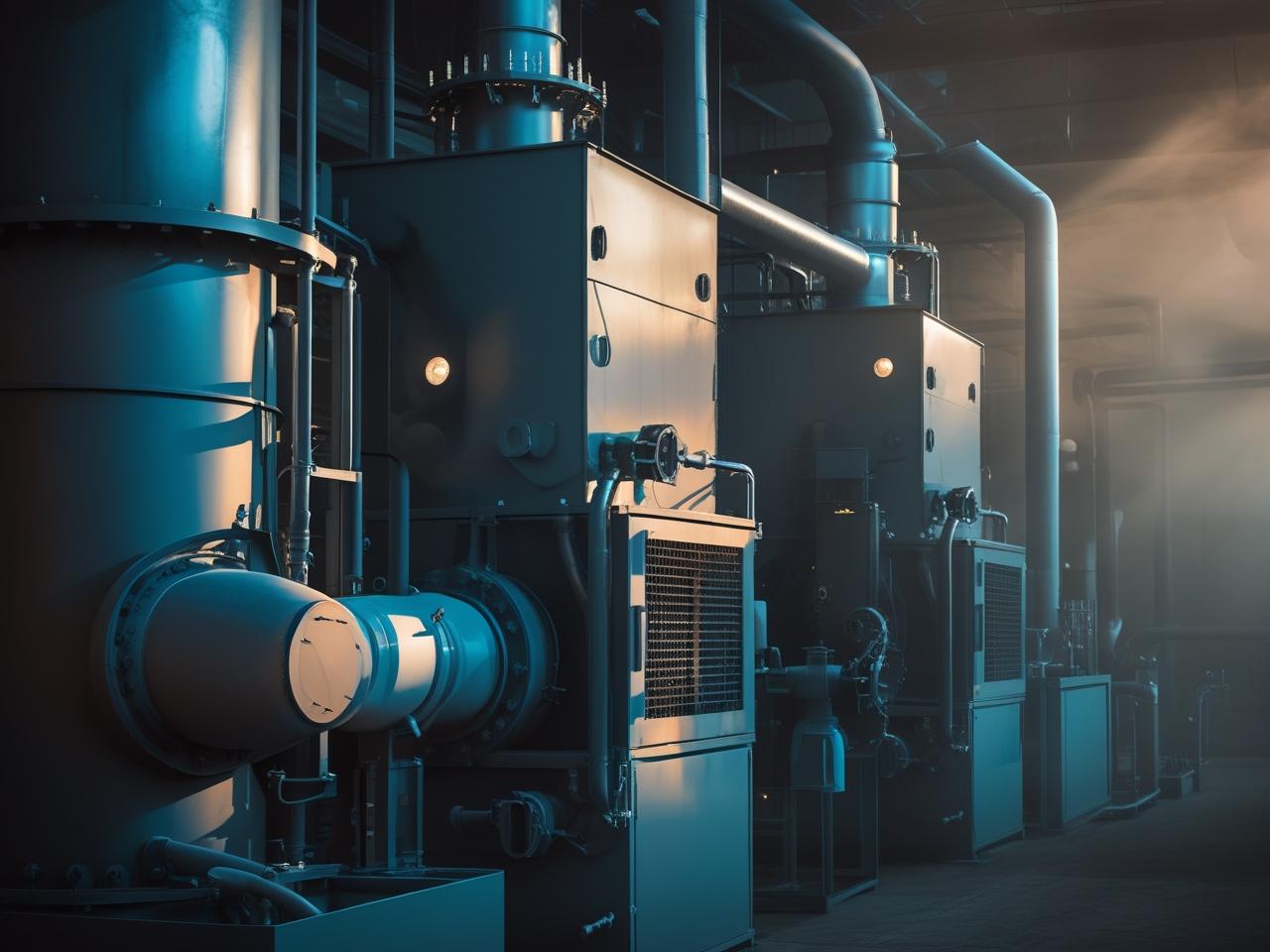
Waste heat recovery
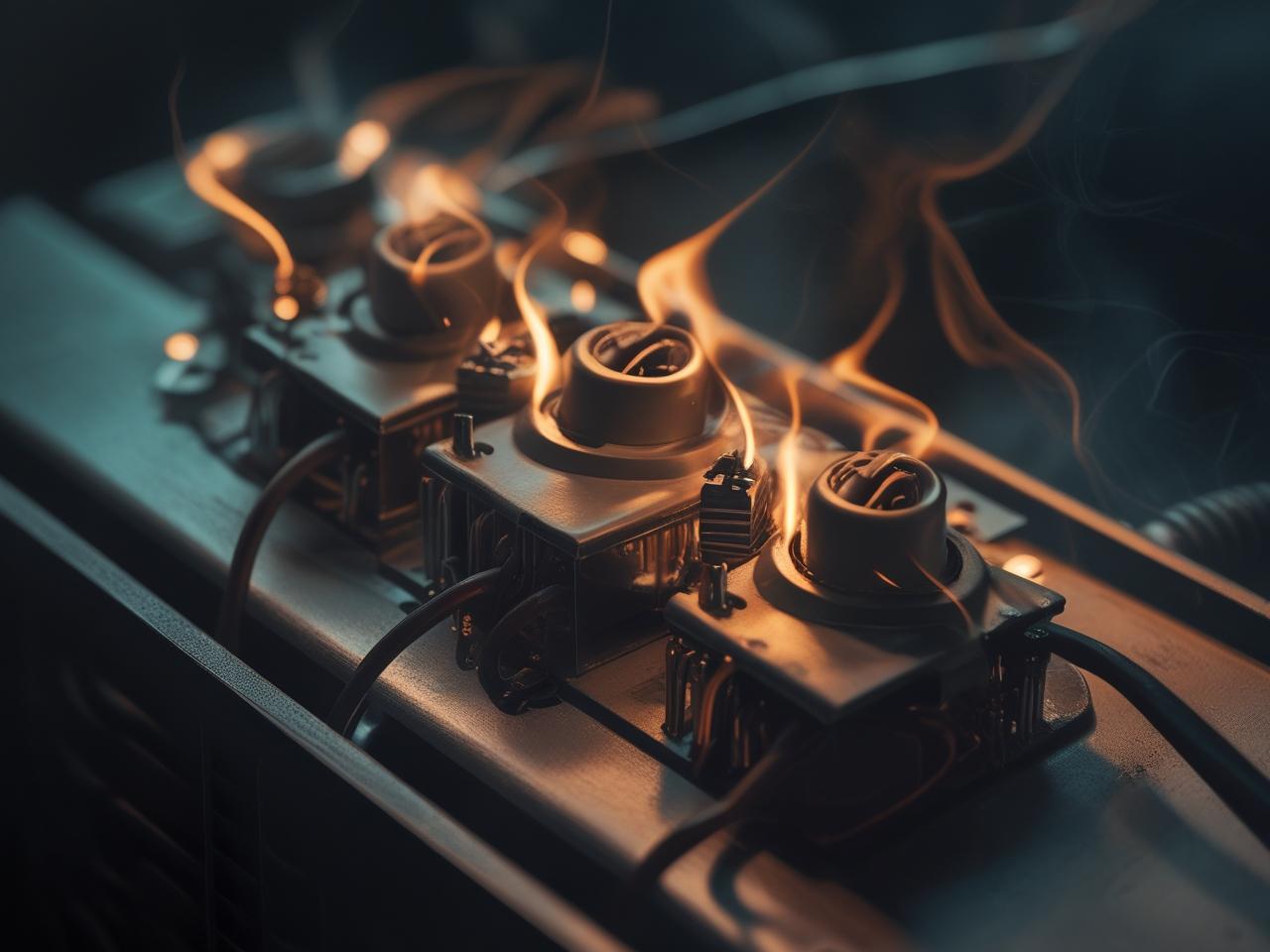
Electrification of heat
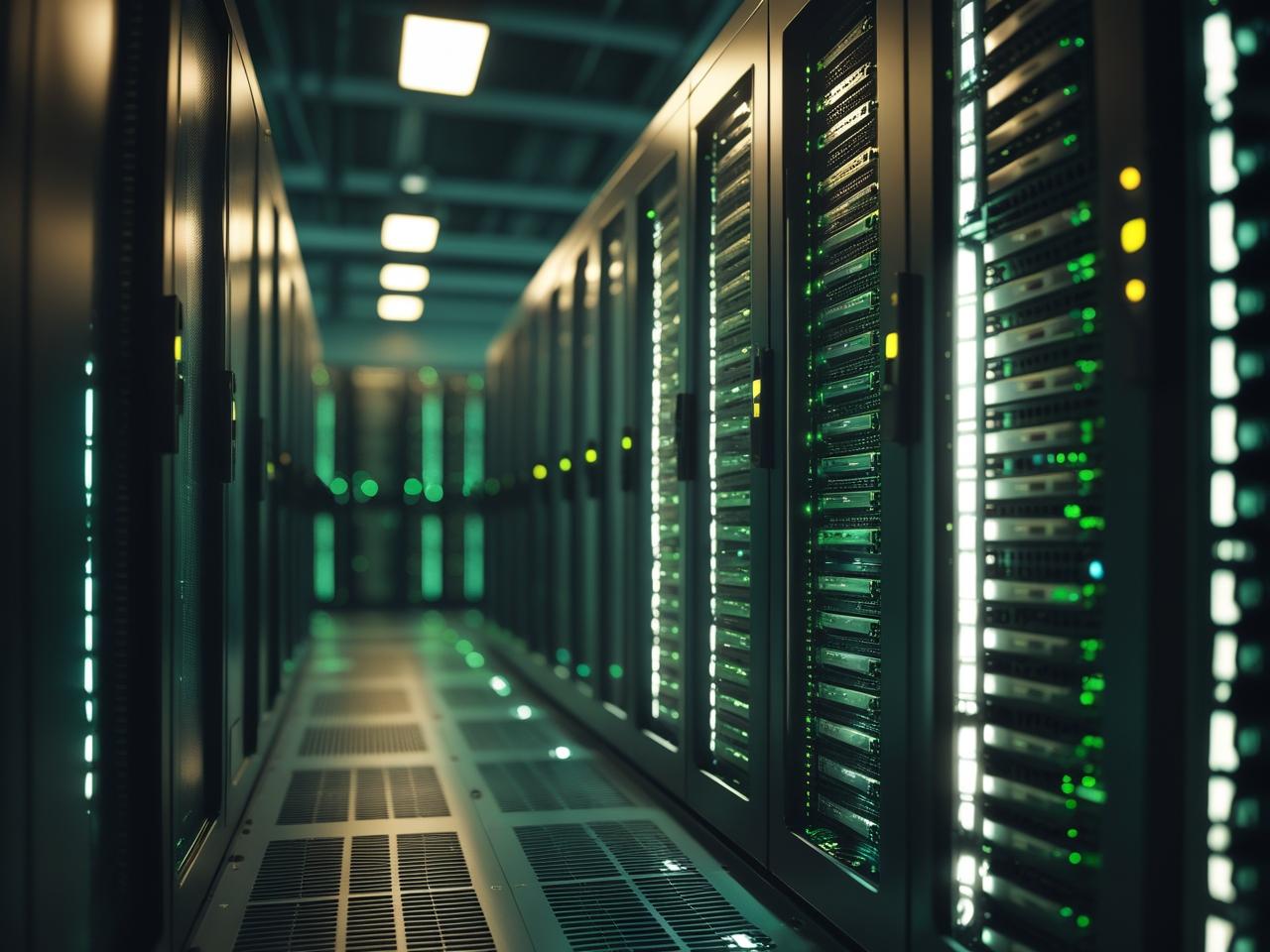
Energy Effiency for data center
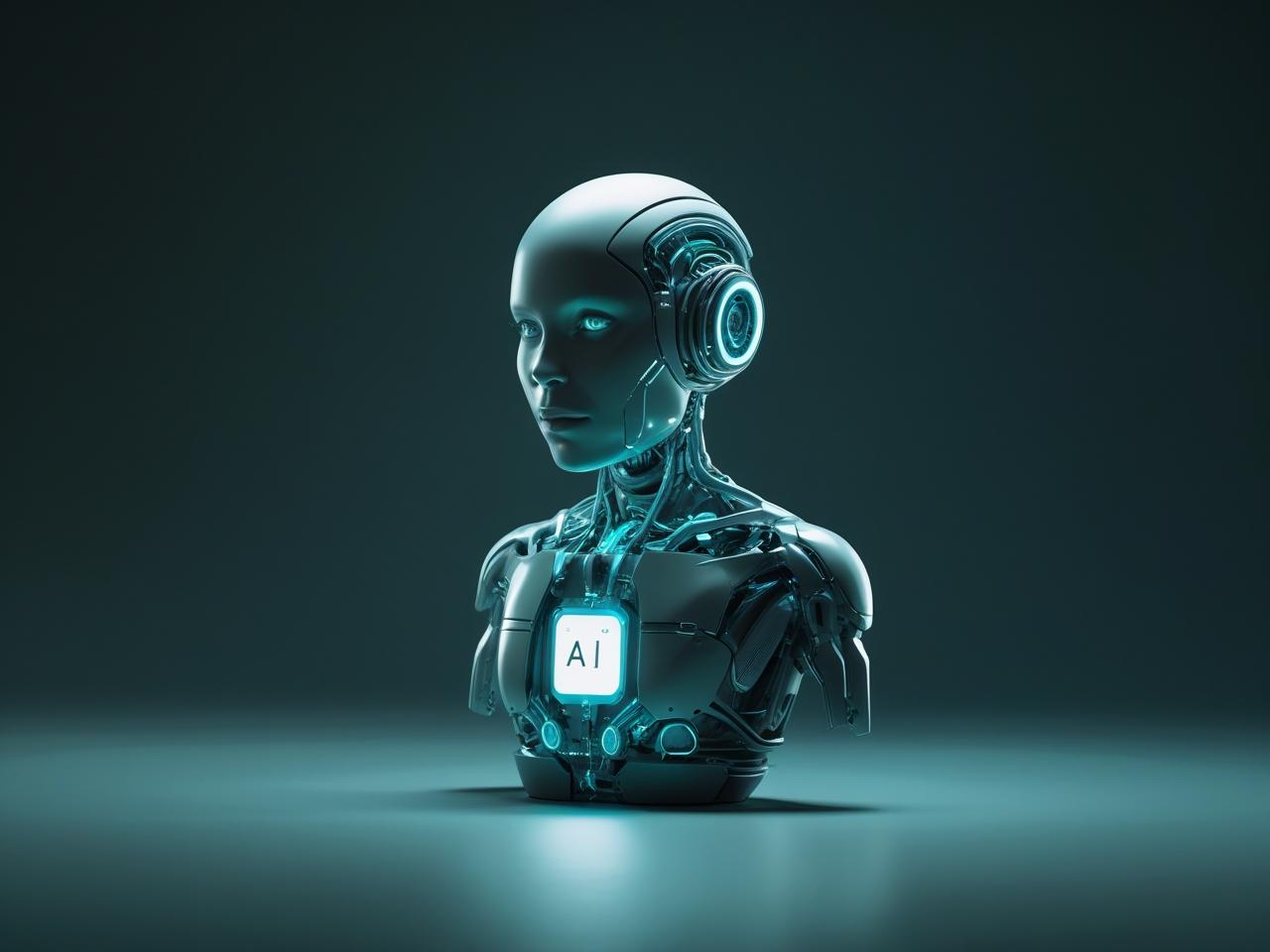
AI for energy
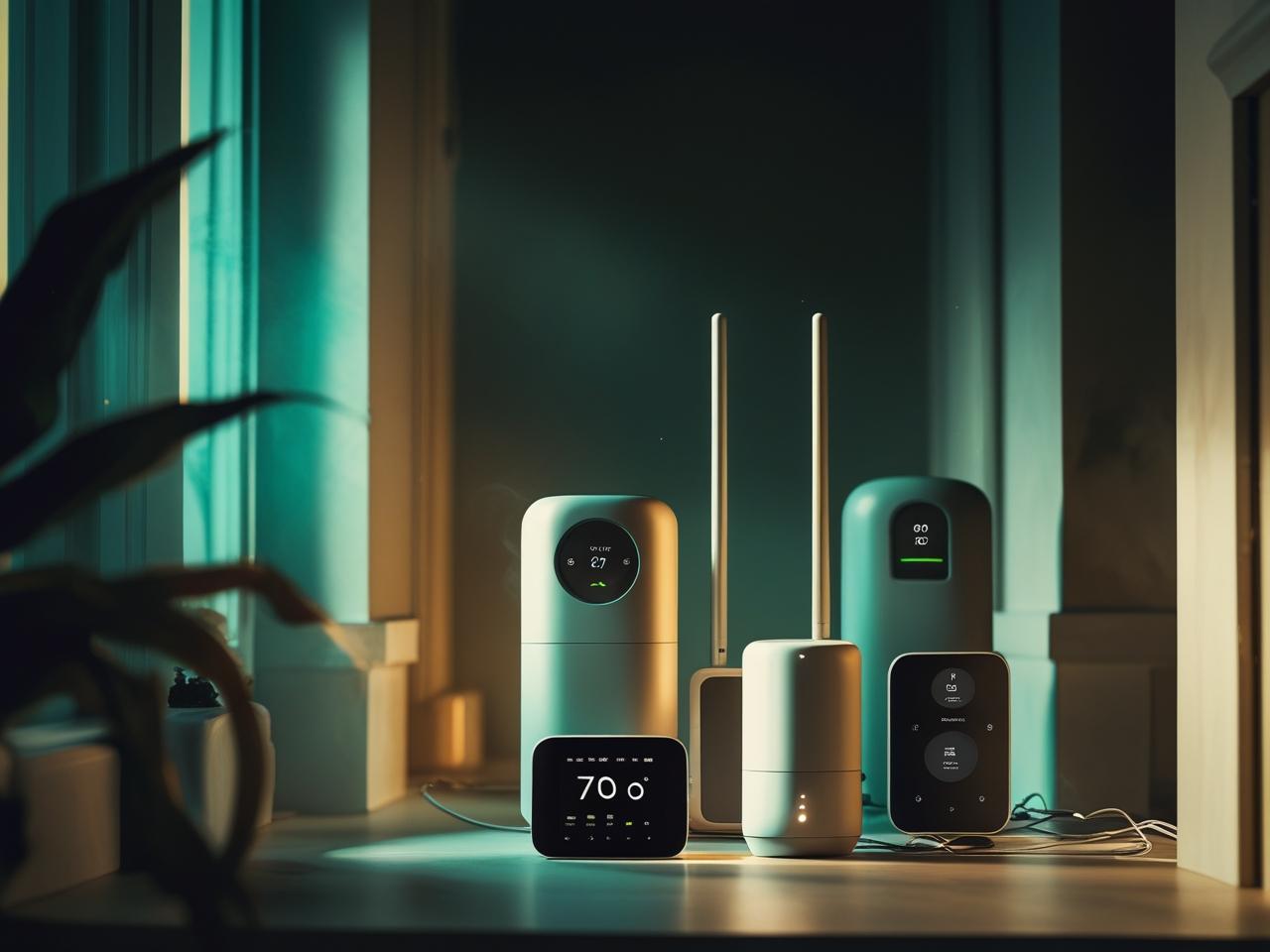
IoT for energy monitoring

